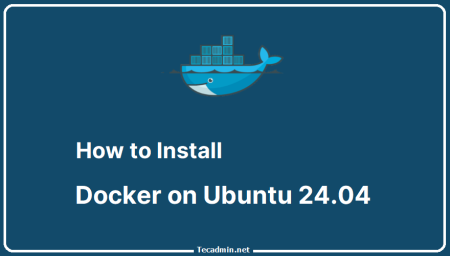Docker is an open-source platform that simplifies the process of creating, deploying, and managing applications within containers. A container is a portable, lightweight, and self-contained runtime environment that includes everything needed to run an application. One of the critical components of containerization is managing environment variables. Environment variables are key-value pairs that can be used to configure a container’s behavior and settings during runtime.
In this article, we’ll explore the different ways to set, manage, and use environment variables in Docker. We’ll discuss best practices, tips, and techniques that will help you master the art of setting environment variables and ultimately get the most out of Docker.
1. Defining Environment Variables in Dockerfile
A Dockerfile is a script containing instructions on how to build a Docker image. You can define environment variables in a Dockerfile using the ENV instruction. Here’s an example:
1 2 3 4 | FROM node:14 ENV NODE_ENV production ENV API_KEY abcd1234 ... |
In this example, we set the NODE_ENV and API_KEY environment variables to their respective values. These variables will be available in any container created from the image built using this Dockerfile.
2. Setting Environment Variables during docker run
You can also set environment variables while launching a container using the docker run command. To do this, use the -e flag followed by the variable and its value. Here’s an example:
docker run -e NODE_ENV=development -e API_KEY=abcd1234 my-image:latest
In this example, we set the NODE_ENV and API_KEY environment variables for the container created from the my-image:latest image. These variables will only be set for this specific container.
3. Using Environment Variables in Docker Compose
Docker Compose is a powerful tool for managing multi-container Docker applications. You can define environment variables in a docker-compose.yml file, which will be set for the services defined in the file. Here’s an example:
1 2 3 4 5 6 7 8 | version: "3" services: app: image: my-image:latest environment: - NODE_ENV=production - API_KEY=abcd1234 ... |
In this example, we set the NODE_ENV and API_KEY environment variables for the app service. These variables will be available in all containers created for this service.
4. Using Environment Variable Files
You can store environment variables in a file and use it during container creation. This is useful for managing sensitive information or complex configurations. Create a file named .env with the following content:
1 2 | NODE_ENV=production API_KEY=abcd1234 |
To use this file while launching a container, use the –env-file flag with the docker run command:
docker run --env-file .env my-image:latest
For Docker Compose, you can specify the environment file in the docker-compose.yml file:
1 2 3 4 5 6 | version: "3" services: app: image: my-image:latest env_file: .env ... |
5. Accessing Environment Variables in Applications
To access environment variables in your application, use the appropriate method for your programming language. For example, in Node.js, you can access the NODE_ENV variable like this:
1 | const nodeEnv = process.env.NODE_ENV; |
In Python, you can use the os module:
1 2 | import os node_env = os.environ['NODE_ENV'] |
Conclusion
Understanding and managing environment variables in Docker is crucial for creating flexible and configurable containerized applications. By mastering the different ways to set, manage, and use environment variables, you can harness the full power of Docker and streamline your development, testing, and deployment processes.
By mastering these techniques and following best practices, you’ll be well on your way to creating efficient, maintainable, and scalable containerized applications using Docker.

